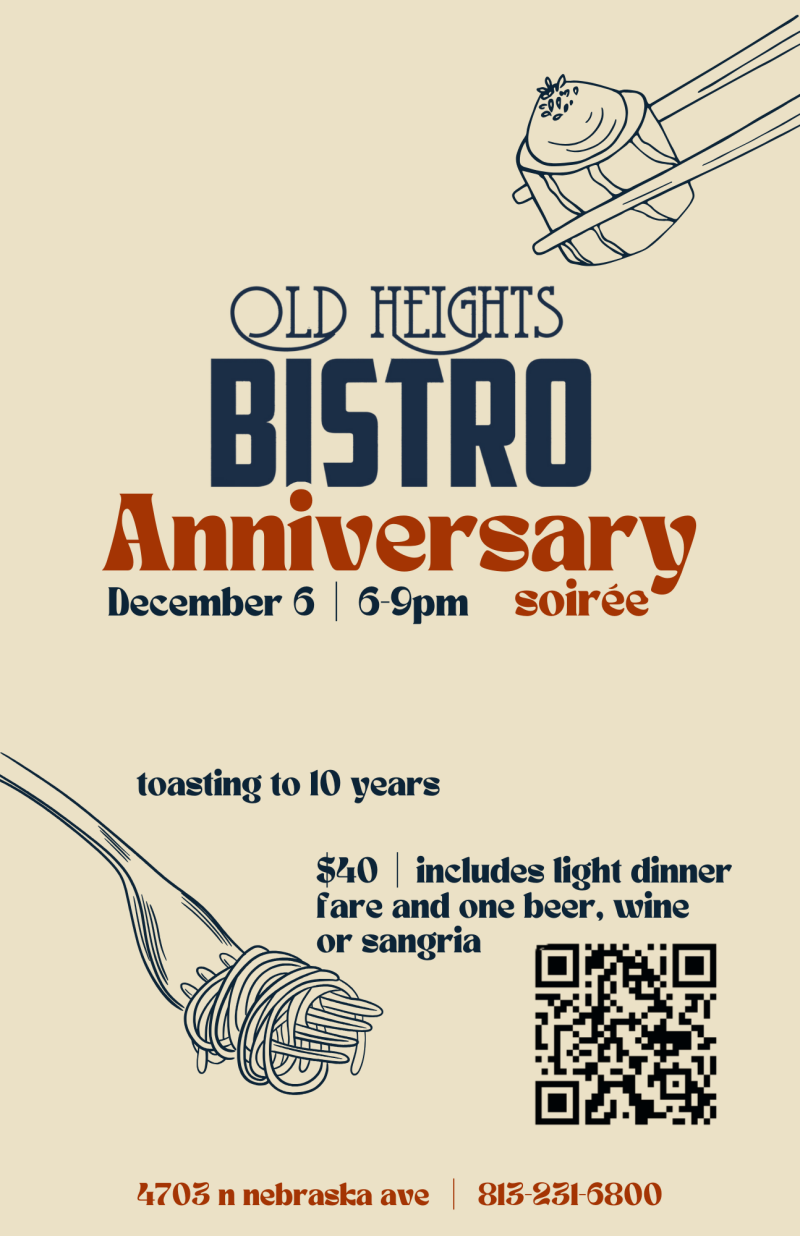
Welcome to my site (RK Guitar Works). Here you will find all kinds of musical hob-knobs and inspirations. It is a live, eclectic, conglomeration of postings of my works, motifs, and compositions and whatever hits my fancy. Enjoy and concentrate.
Motivic descriptions of feelings....
I'll be playing there December 6th.


The following images are links to my current SUMMER 2025 pieces I am working on. They are designed for vertical/mobile presentations in a 9:16 resolution. When a piece is complete, it will be filled in with its cover and information. It will link to its own page for presentation streamed via Vimeo directly on its own web page.

Eliseo Herrera Junco (1925–2016) was a Colombian singer, musician, and songwriter. He wrote over 120 songs and was a member of Los Corraleros de Majagual.





